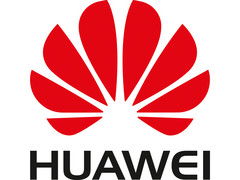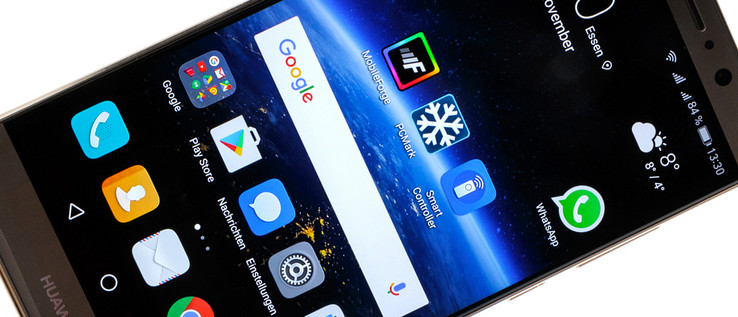The Huawei Mate 9 was the first smartphone to be equipped with the new generation of the Chinese manufacturer's own user interface EMUI 5.0 in November 2016. Later models received the newer version - 5.1 - and the interface jumped to EMUI 8.0 with the launch of Google Android 8.0 Oreo, which was mainly done to unify the nomenclature, not due to any particular changes in functionality of the interface. All versions have "stay-fast functionality", which constantly optimizes the device's speed and is supposed to counteract loss of speed in the long run. Huawei developed this feature under lab conditions with artificially aged smartphone systems, so we would like to find out whether the interface can keep its promise in everyday use. Our findings are based on a Mate 9 that has been in daily use since its presentation. Find out about our experience and impressions below.
In order to limit loss of speed, Huawei uses the file system F2FS, which is supposed to offer better defragmentation, and special algorithms that not only improve system speed with the help of machine-learning processes, but also increase performance in those parts of the system that are used most often. On top of that, our test unit was, at the time, Huawei's flagship model and is equipped with a fast Kirin 960 SoC with 4 GB of LPDDR4 RAM and swift UFS-2.1 storage. These specifications alone give the Mate 9 good chances.
System updates often mean a drop in performance. During the 13 months it was in use, our smartphone received seven firmware updates under Android 7.0 Nougat, which included bug fixes, security updates and feature improvements. Subjectively, we did not notice a drop in system performance after these updates. A good indicator for this is when the starting or updating of apps slows down - but we did not notice any changes here. Particularly compared to the Galaxy Note 8, which is also equipped with top-class hardware and has been in use for over three months, you can notice a big difference in day-to-day use. The installation and updating of apps takes a lot less time with the Mate 9 and apps crash less often.
We would like to take a closer look at the differences with the help of the system benchmarks. The Mate 9 has even improved in this area. It now reached 142,765 points in the AnTuTu benchmark, while it only reached 124,087 during our initial review. This is an increase of 15%. The PCMark for Android offers similar results, where the Work score increased from 7403 to 7604 (+2.7%). We also took another look at the battery runtimes. We ran the Wi-Fi surfing test, in which we continually surf through different websites via a browser script and with the display brightness set to 150 cd/m². Here, the battery runtimes appear a lot shorter. From 12 hours and 38 minutes in our initial test, the device only managed 9 hours and 28 minutes after 13 months (-25%). We should also mention that various messenger apps were not permanently working in the background, using up the battery in the test, so the data is only partially comparable.
We also wanted to run the system benchmarks under EMUI 8.0, but Huawei has blocked their installation since the new version, and some apps are even removed from the smartphone during the upgrade, so we could not get any results for AnTuTu and PCMark with the current operating system. When trying to install one of these apps, the process is stopped after the download and an error message appears in the Google Play Store (error code: -501). The problem has already been discussed in the forum of xda-developers and other users have confirmed the issue.
3DMark worked and the Sling Shot Extreme (OpenGL ES 3.1) now gives our device 2127 points in the overall score (Graphics: 2020 points, Physics: 2610), which is again slightly better than during our review. However, we cannot draw precise conclusions about the system performance from these results. We also analyzed the battery runtimes again under Android 8. The Mate 9 now reaches 11 hours and 17 minutes in our Wi-Fi test, which is 18% better than with the Nougat version.
So Huawei's speed promise has almost been fulfilled. The system went like clockwork with Android 7.0 and EMUI 5.0, and has only now slowed down a little with EMUI 8.0, although these lags are relatively small compared to similar devices. It would be interesting to find out how mid-range and entry-level smartphones running on the same software are doing. Do share your impressions with us in the comments section below.













